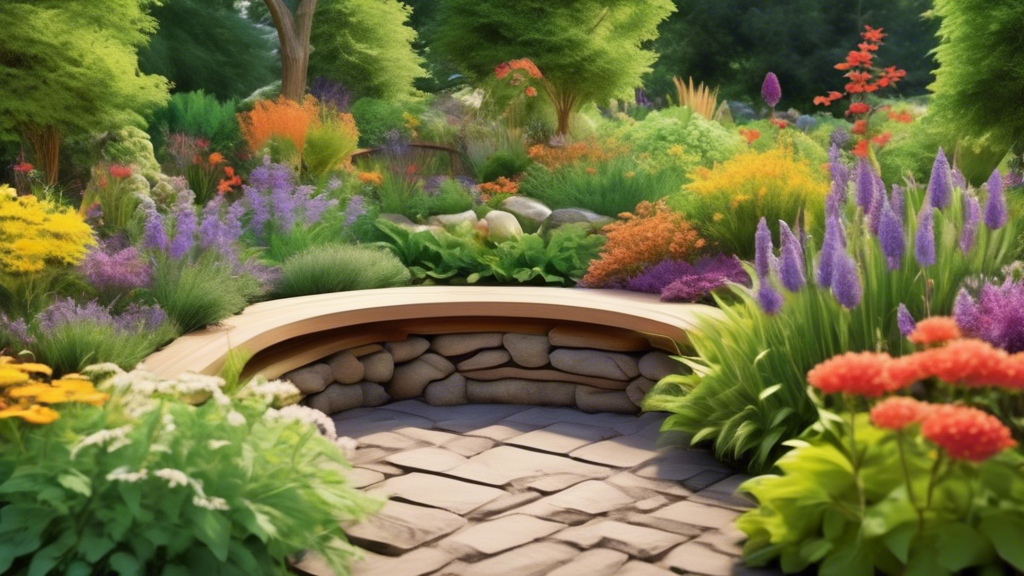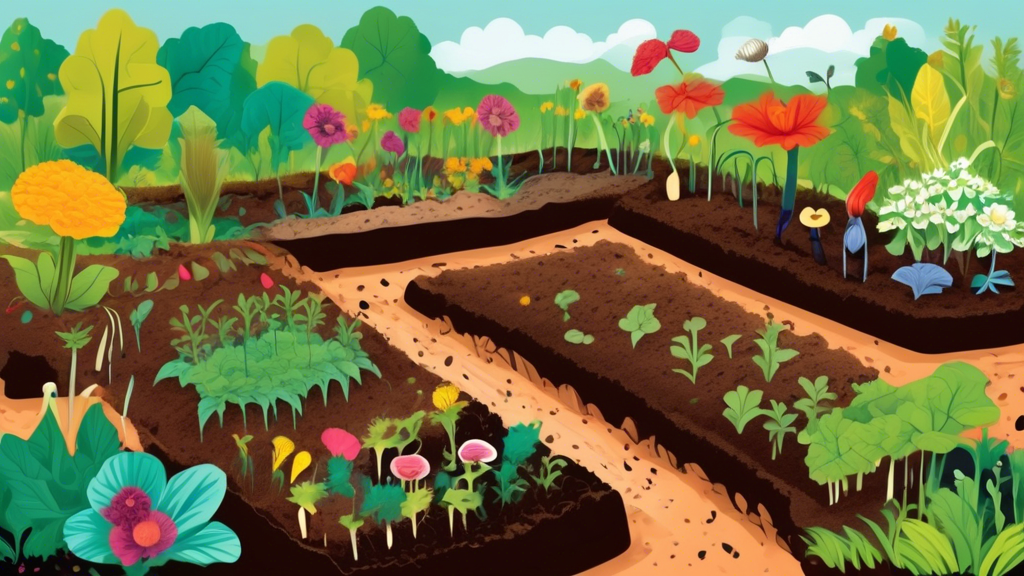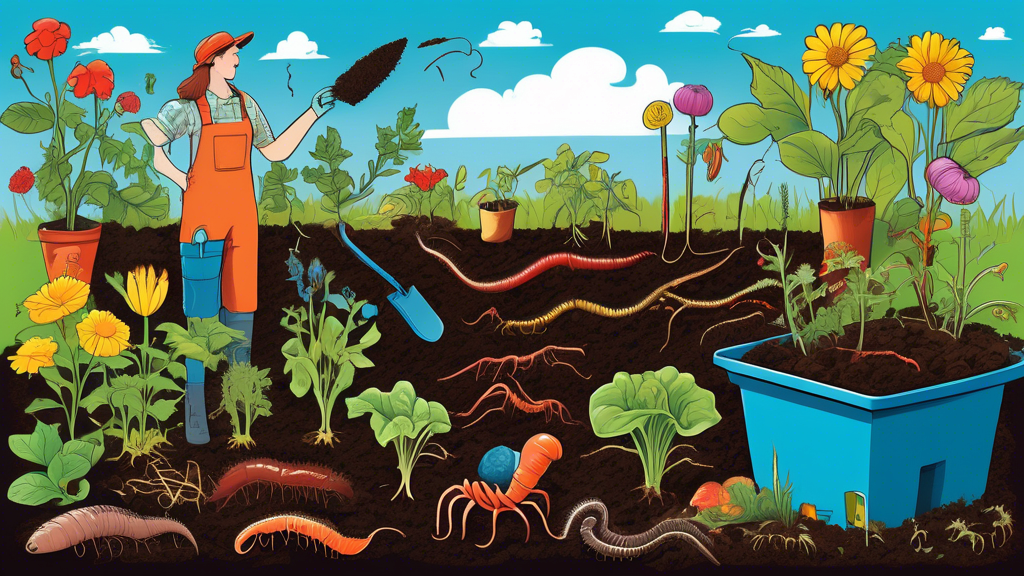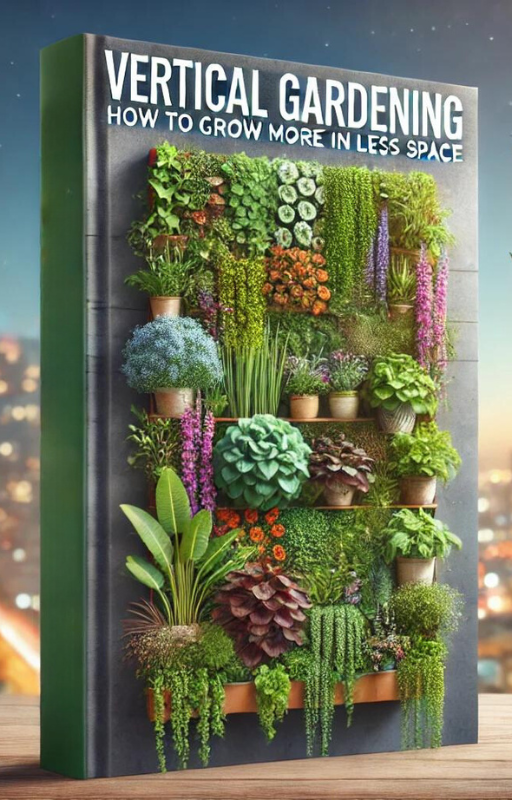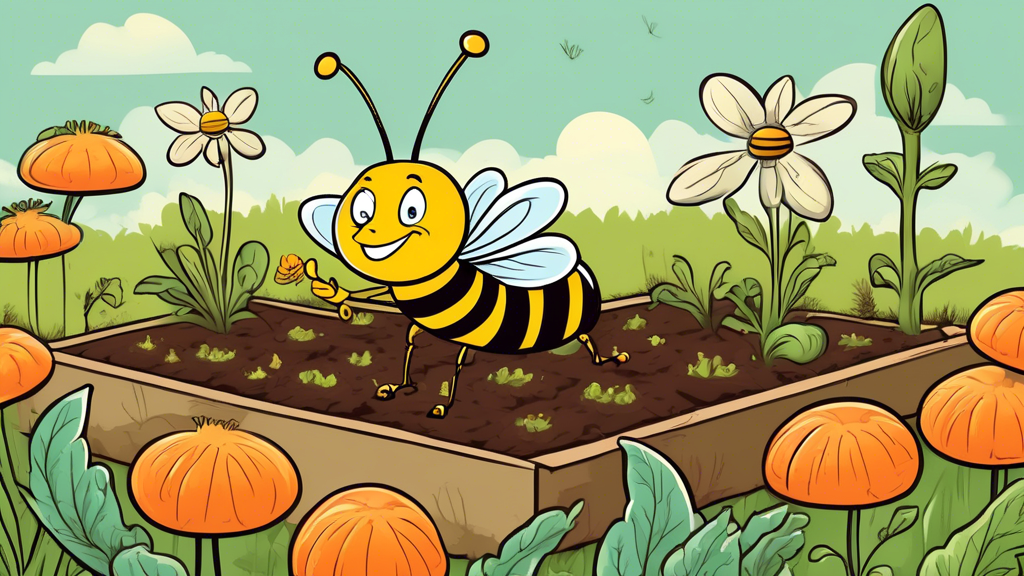
What is Companion Planting? (And Why It’s a Gardener’s Secret Weapon)
The Core Principle: More Than Just Plant Neighbors
Companion planting is the strategic practice of placing different plant species near each other to create a mutually beneficial relationship. It goes beyond simple proximity; it’s about harnessing natural plant chemistries, growth habits, and root systems to build a healthier, more resilient garden ecosystem. Think of it as creating a supportive plant community where each member contributes to the whole.
Top Benefits: Why Bother with Companion Planting?
Embracing companion planting offers a suite of advantages that reduce your workload and increase your garden’s vitality.
- Natural Pest Control: Certain plants emit odors or chemicals that repel harmful insects, reducing or eliminating the need for pesticides.
- Enhanced Pollination: By including flowers that attract bees, butterflies, and other pollinators, you ensure your fruiting plants like squash and tomatoes get thoroughly pollinated for a better harvest.
- Improved Soil Health: Some plants, known as “dynamic accumulators,” draw up nutrients from deep in the soil, while others, like legumes, fix atmospheric nitrogen, making it available for neighboring plants.
- Efficient Space Utilization: Pairing tall plants with low-growing, shade-tolerant ones allows you to grow more food in the same square footage. You can also use tall plants as natural trellises for vining crops.
- Weed Suppression: Fast-growing, sprawling plants can act as a living mulch, shading the soil and preventing weed seeds from germinating.
Common Gardening Challenges & How Companion Planting Solves Them
“The Bugs Are Eating Everything!”
The Challenge: It’s disheartening to watch aphids swarm your kale or squash beetles decimate your zucchini. Many gardeners reach for chemical sprays as a first resort.
The Companion Solution: Integrate natural repellents directly into your beds. Marigolds release a substance from their roots that repels nematodes, while their scent deters other pests. Nasturtiums act as a “trap crop,” luring aphids away from your valuable vegetables. The strong scent of rosemary and other herbs can confuse and repel pests like carrot flies and cabbage moths.
“My Soil is Tired and My Plants Look Weak”
The Challenge: Poor, depleted soil leads to nutrient-deficient plants that are more susceptible to disease and produce poorly.
The Companion Solution: Leverage the power of “nitrogen-fixing” plants. Legumes like beans and peas have a symbiotic relationship with bacteria in their root nodules that takes nitrogen from the air and converts it into a form plants can use. Planting them near heavy feeders like corn or leafy greens can naturally fertilize your garden.
“I Have a Tiny Garden Space”
The Challenge: Limited space makes it difficult to grow a variety of crops using traditional single-crop rows.
The Companion Solution: Adopt the classic “Three Sisters” method pioneered by Indigenous cultures. You plant corn, which provides a natural pole for beans to climb. The beans fix nitrogen in the soil to feed the corn. Squash is planted at the base, its broad leaves shading the soil to conserve moisture and suppress weeds. This trio creates a perfect, space-efficient symbiotic system.
Getting Started: Your First Companion Planting Plan
Step 1: Choose Your “Anchor” Plant
Begin with a plant you’re excited to grow and that is well-suited to companion planting. Tomatoes are an excellent choice for beginners because they have well-documented companion plants and are a garden staple.
Step 2: Select Its Perfect Partners
Once you have your anchor, it’s time to pick its friends and identify its foes.
- Beneficial Friends:
- Basil: Repels thrips, flies, and mosquitoes and is even said to improve the flavor of tomatoes.
- Marigolds: Repel soil nematodes and whiteflies.
- Onions/Chives: Their strong scent can deter aphids and other pests.
- Plants to Avoid: Keep tomatoes away from Brassicas (cabbage, broccoli, kale) as they can compete for nutrients and stunt each other’s growth. Also avoid fennel, which can inhibit the growth of many plants, including tomatoes.
Step 3: Sketch Your Garden Layout
Visual planning prevents overcrowding. For a small bed, you might plant a tomato in the center, surround it with a few basil plants, and edge the entire bed with marigolds. This creates a protective and productive mini-ecosystem.
Classic Companion Planting Pairings to Try This Season
The Dynamic Duos
These time-tested combinations are reliable and rewarding for any gardener.
- Carrots and Onions: The strong smell of onions helps to mask the scent of carrots from the carrot fly, a common pest.
- Cucumbers and Radishes: Radishes can help deter cucumber beetles, protecting your cucumber vines.
- Lettuce and Tall Flowers: Tall plants like sunflowers or cosmos provide much-needed afternoon shade for cool-weather lettuce, preventing it from bolting (going to seed) too quickly in the heat.
Something Unique You Might Not Know: The Power of Aromatic Herbs
While many gardeners know that aromatic herbs can repel bad bugs, their real superpower is in recruitment. Strongly-scented herbs like dill, cilantro, and borage are exceptional at attracting beneficial predatory insects like ladybugs, lacewings, and hoverflies. These insects are the natural enemies of your common garden pests like aphids. By planting these herbs, you’re not just repelling pests—you’re hiring a permanent, self-sustaining security team for your garden.
Companion Planting Comparisons: Friends vs. Foes
Tomato Companions: A Quick Comparison
| Friends (Plant Together) | Foes (Keep Apart) |
|---|---|
| Basil, Marigold, Carrot, Asparagus, Onion, Parsley | Brassicas (Cabbage, Broccoli), Fennel, Potatoes, Walnut Trees |
Cucumber Companions: A Quick Comparison
| Friends (Plant Together) | Foes (Keep Apart) |
|---|---|
| Beans, Peas, Radishes, Nasturtiums, Sunflowers, Corn | Aromatic Herbs like Sage and Mint (can compete and stunt growth), Potatoes |
Frequently Asked Questions About Companion Planting Basics
Does companion planting really work, or is it just gardening folklore?
While it’s not an exact science and results can vary by garden and region, many companion planting principles are backed by centuries of observed results and a growing body of scientific study. The mechanisms—like scent masking, nutrient sharing, and attracting beneficial insects—are well-understood ecological processes. It’s widely considered a low-risk, high-reward strategy for any gardener.
Can I practice companion planting in containers?
Absolutely! The same principles apply to container gardening. The key is to ensure your pot is large enough to accommodate the root systems of all the plants you’re pairing. A large container with a tomato, some basil, and a few marigolds is a perfect example of a companion planting pot.
What is the biggest mistake beginners make?
Overcrowding is the most common pitfall. Even the most compatible plants need adequate space for light penetration, air circulation (which helps prevent disease), and root growth. Always refer to the spacing guidelines on your seed packets or plant tags, even when interplanting companions.
Where can I find a reliable companion planting chart?
For the most accurate information, consult reputable sources like your local university’s agricultural extension service website or well-reviewed gardening books from established horticulturalists. Online charts can be helpful but are sometimes contradictory, so cross-referencing with a trusted source is a good practice.

